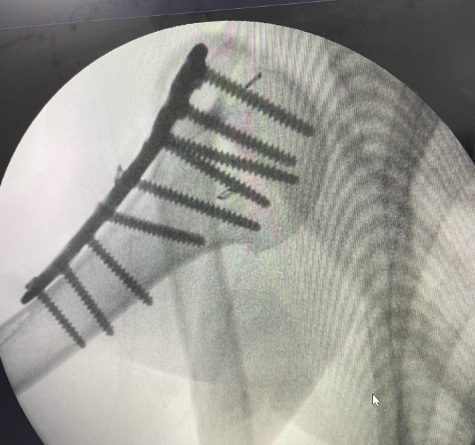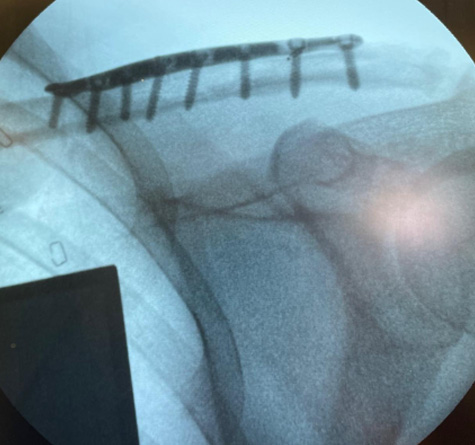Broken Bone Repair: Understanding Open Reduction and Internal Fixation (ORIF)
Overview
If you’ve sustained a broken bone that cannot be adequately treated with a cast or splint, you might require Open Reduction and Internal Fixation (ORIF) surgery.
What is ORIF?
ORIF is a surgical procedure used to realign and stabilize broken bones. It’s particularly beneficial for:
- Displaced fractures: Where the broken bone fragments are misaligned.
- Unstable fractures: Those prone to further movement, hindering healing.
- Joint fractures: Fractures affecting the joint’s stability.
Understanding the Humerus
The humerus is the upper arm bone, and fractures can occur in various sections: near the shoulder, middle portion, or close to the elbow.
How Does ORIF Work?
- Open Reduction: The surgeon makes an incision to access the broken bone and carefully realigns the fragments (fracture reduction) to their original position.
- Internal Fixation: The realigned bones are then secured using implants like plates, screws, or rods, typically made of biocompatible materials like stainless steel or titanium. This hardware often remains in place even after healing.
When is ORIF Necessary?
Oour doctor might recommend ORIF for:
- Multiple fractures: When the bone breaks in several places.
- Displaced fractures: When bone fragments are misaligned.
- Open fractures: When the broken bone protrudes through the skin.
- Improperly healed fractures: When previous non-surgical attempts at alignment haven’t been successful.
Benefits of ORIF
- Reduced pain: ORIF helps stabilize the fracture, reducing pain and discomfort.
- Improved healing: By aligning the bone fragments accurately, ORIF promotes proper healing.
- Restored mobility: ORIF helps restore normal movement and function in the affected limb.
External Fixators
In some cases, with severe injuries affecting the skin and muscle around the fracture, an external fixator might be used temporarily. This involves pins or screws inserted into the bone through small incisions, connected by a bar outside the skin, to hold the fragments in place until they are ready for internal fixation or complete healing.
Proximal Humerus Fracture
Clavicle Plating
Potential Risks of ORIF
While uncommon, potential complications associated with ORIF include:
- Implant issues: Screws or plates might break or malfunction.
- Infection: Risk of infection exists like with any surgery.
- Bleeding: Bleeding during or after surgery is possible.
- Nerve damage: Inadvertent nerve injury can occur during surgery.
- Avascular necrosis: Loss of blood supply to the bone, potentially leading to bone death.
- Stiffness or weakness: Reduced range of motion or muscle weakness might occur.
- Anesthetic complications: Risks associated with anesthesia used during surgery.
- Non-union: In rare cases, the fracture might not heal properly, requiring further surgery.
Recovery After ORIF
- Pain management: You will receive pain medication after surgery to manage discomfort.
- Immobilization: The arm will be immobilized with a splint or sling for several weeks to allow healing.
- Physical therapy: After a period of immobilization, physical therapy exercises will be crucial to regain strength, flexibility, and full range of motion in your arm.
- Follow-up appointments: Regular follow-up appointments are essential to monitor healing progress and remove stitches or staples if used.
Most individuals can return to their normal activities within a few months with proper care and adherence to their doctor’s recommendations.
Remember, this information is not a substitute for professional medical advice. If you have any questions or concerns, consult your healthcare provider.


